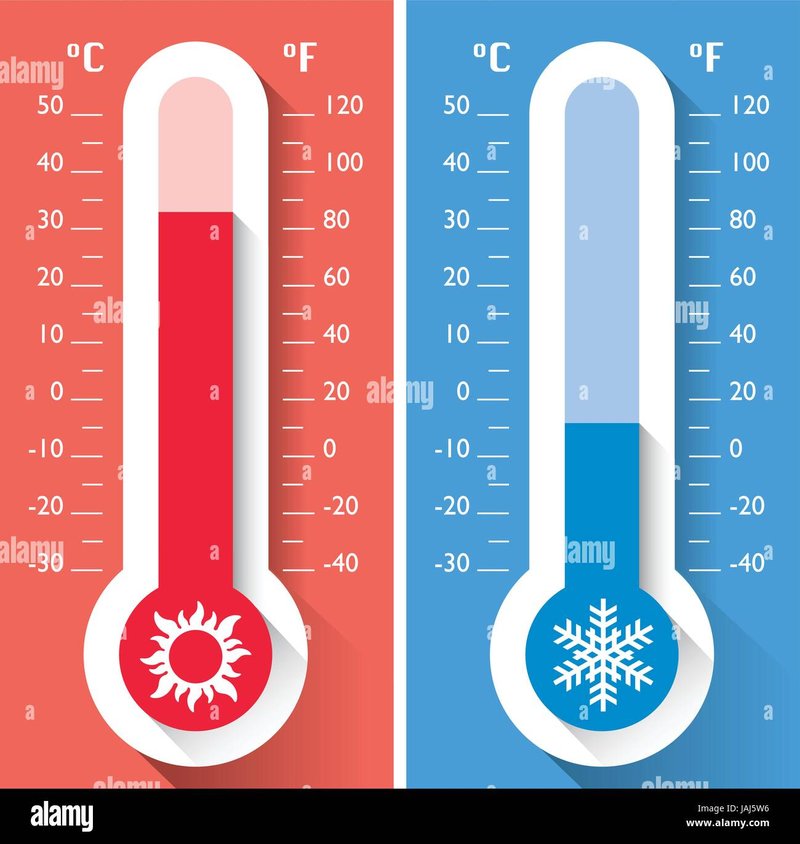
So, if you’re a proud owner or thinking about adopting a leopard tortoise, understanding their specific climate needs is essential. Just like you wouldn’t wear a winter coat in the summer, your tortoise needs a warm, inviting space to thrive. Let’s break down everything you need to know about these shelled companions’ ideal living conditions.
Understanding the Natural Habitat of Leopard Tortoises
Leopard tortoises (Stigmochelys pardalis) are native to the savannas and grasslands of East and Southern Africa. Their environment is warm and dry, with plenty of sunshine—think of it as a never-ending summer. In the wild, they bask in the sun to regulate their body temperature and hide in burrows or under bushes when things get too hot. This pattern is fundamental to their health.
In captivity, replicating their native habitat is vital. The right temperature and humidity levels help them digest food properly and keep their immune system strong. Without these, you might see signs of discomfort or illness. You might be wondering, “How do I create the perfect climate for my tortoise?” Let’s dive in.
Ideal Temperature Range for Leopard Tortoises
Creating a cozy environment for leopard tortoises begins with understanding their temperature needs. Typically, they thrive in a temperature range of 75°F to 95°F (24°C to 35°C). But how can you achieve that in your setup? Here are some tips:
- Heat Lamp: Use a basking lamp to create a warm spot where your tortoise can soak up the heat. Position it above one end of the enclosure to give them a gradient from cool to warm.
- Thermometers: Having multiple thermometers in the habitat is essential. One should be in the basking area, while others can monitor cooler spots. This will help you make sure all areas are at the right temperature.
- Nighttime Conditions: At night, it’s okay for temperatures to drop a bit. Aim to keep the enclosure between 65°F to 75°F (18°C to 24°C) for a comfortable nighttime environment.
Understanding how to keep your leopard tortoise warm helps ensure they remain active and healthy. After all, who wants a lethargic tortoise, right?
Creating a Temperature Gradient in the Enclosure
Let’s talk about the temperature gradient in the tortoise’s habitat. This gradient mimics their natural environment and lets them choose how warm or cool they want to be.
Imagine walking into a room with a cozy fire on one side and a cool window breeze on the other. That’s exactly what you want to create! Here’s how:
- Basking Area: Place a heat lamp or ceramic heat emitter on one side of the habitat. This area should be around 95°F (35°C) during the day, giving your tortoise a perfect spot to bask.
- Cool Side: The other end should be significantly cooler, around 75°F (24°C). This way, your tortoise can retreat to a more relaxed space when they’ve had enough sun.
- Substrate Consideration: Use substrate that can retain warmth, like coconut coir or aspen shavings. This helps keep the temperature stable and comfortable for your tortoise.
Setting up a temperature gradient is like giving your tortoise a warm hug and a cool breeze all at once. They’ll be grateful for the choice!
Humidity Needs of Leopard Tortoises
Now, let’s tackle humidity. While leopard tortoises prefer a warm climate, they also need moderate humidity levels. In their natural habitat, humidity can range from 30% to 50%. But how do you maintain those levels at home?
- Humidity Gauge: A hygrometer will help you monitor the humidity inside the enclosure. It’s like keeping track of the weather; you wouldn’t want a storm without knowing, right?
- Misting: Lightly misting the enclosure can help boost humidity when needed. Just don’t overdo it! Too much moisture can lead to respiratory problems.
- Water Dish: Provide a shallow water bowl in the habitat. Not only will it keep humidity levels up, but your tortoise can also drink and soak when they feel like it.
Humidifying the environment is all about balance. A little extra moisture can go a long way toward making your tortoise comfortable!
Signs of Improper Temperature and Humidity
You might be wondering how to tell if your leopard tortoise is comfortable with the temperature and humidity. Fortunately, there are a few signs to watch for.
If you notice your tortoise:
- Becoming lethargic and refusing to eat, it could signal that they’re too cold.
- Exhibiting excessive drinking or soaking behavior might mean the humidity is too low.
- Developing respiratory issues like wheezing or nasal discharge suggests that humidity is too high or inconsistent.
Paying close attention to these signs can help you identify issues before they escalate. It’s all about keeping your shelled friend happy and healthy!
Creating a Balanced Environment Year-Round
To maintain a healthy habitat throughout the year, it’s crucial to adjust your care routine with the seasons. In winter, it might be tempting to crank up the heat, but be cautious.
- Use a Thermostat: A thermostat can help regulate the temperature automatically, ensuring it remains constant.
- Seasonal Adjustments: If you live in a cooler climate, consider moving your tortoise’s habitat indoors during the cold months.
- Regular Maintenance: Check your equipment regularly. Make sure your heat lamps and humidifiers are functioning correctly to avoid sudden environmental changes.
Creating a balanced environment is like fine-tuning an orchestra; each part needs to work harmoniously for the best outcome.
Caring for a leopard tortoise goes beyond just providing food and water. Understanding their temperature and humidity needs is foundational to their health and happiness. By creating a comfortable environment that mimics their natural habitat, you’ll help your tortoise thrive.
Just remember, every tortoise is unique. Watching how your little friend reacts to their surroundings is key. With a little care and attention, you’ll see that happy tortoise basking in the sun, ready to explore the wonders of their home. After all, a happy tortoise means a happy pet owner, and that’s a win-win!

